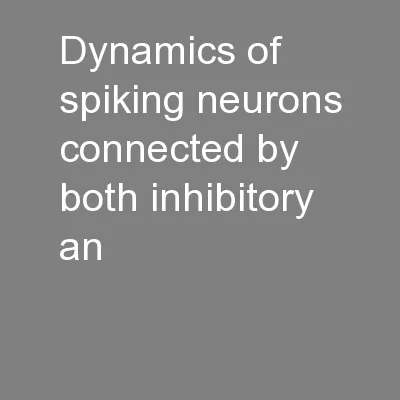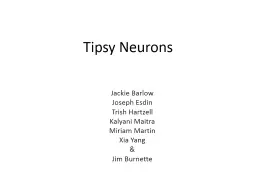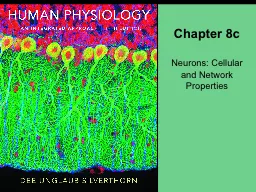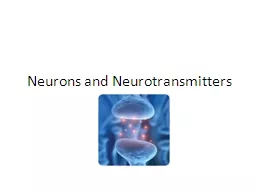PPT-Dynamics of spiking neurons connected by both inhibitory an
Author : karlyn-bohler | Published Date : 2016-05-13
Timothy J Lewis and John Rinzel Presented By Matthew OConnell Leaky IntegrateandFire LIF Membrane capacitance Transmembrane potential Resting potential Membrane
Presentation Embed Code
Download Presentation
Download Presentation The PPT/PDF document "Dynamics of spiking neurons connected by..." is the property of its rightful owner. Permission is granted to download and print the materials on this website for personal, non-commercial use only, and to display it on your personal computer provided you do not modify the materials and that you retain all copyright notices contained in the materials. By downloading content from our website, you accept the terms of this agreement.
Dynamics of spiking neurons connected by both inhibitory an: Transcript
Download Rules Of Document
"Dynamics of spiking neurons connected by both inhibitory an"The content belongs to its owner. You may download and print it for personal use, without modification, and keep all copyright notices. By downloading, you agree to these terms.
Related Documents














